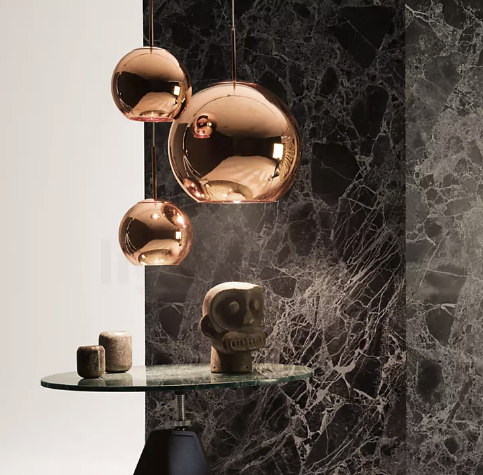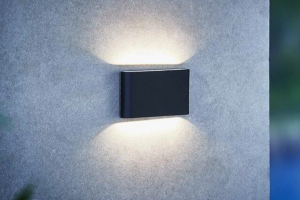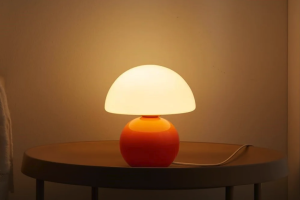Trends in verlichtingstechnologie

Lighting technology has changed a lot in the past decade. From using candles and kerosene lamps to LED lights and Li-Fi, new lights have revolutionized the way we experience light. This has also fueled the growth of the lighting industry. It has also led to the development of new technologies such as smart lighting. Smart lighting has several benefits, from providing the right amount of illumination to lowering energy costs.
The Internet of Things (IoT) is a network of connected devices that enables them to communicate with each other. IoT tendrils have already snuck into the lighting world, and they’re paving the way for the next generation of smart lighting technology.
IoT-ready LED lighting fixtures Sovoslighting provide a variety of advantages, from saving energy to being able to control the lighting system from a simple interface. These innovations are expected to grow over the next couple of years. Besides offering energy efficiency, these systems can also be easily customized to fit the needs of a particular building.
Another trend is the advent of health-oriented lights. New lamps and fixtures claim to improve occupant health by regulating the frequency of light. Combined with smart sensors and controls, this may mean healthier occupants.
Another trend is the integration of software into LED luminaires. This makes the equipment easier to use, and lowers the overall cost. Moreover, it allows commercial businesses to set scenes and accent spaces with infinite colors. Adding a feature like this to a commercial space can help to make it a more pleasant place for people to work and play.
In addition to being an energy-efficient way to illuminate a room, smart lighting can also optimize the timing of lighting in a facility, such as a shopping mall or a hotel. These lights can also be programmed to operate in a specific pattern. Some examples include a restaurant that can switch its lights from a bright and vibrant to a more intimate and calm atmosphere depending on the time of day.
Next-gen lighting technology is still at the early stages, but the technology is quickly gaining traction. As consumers become more aware of the benefits of smart lighting, more organizations are turning to these systems.
There is a growing need for organizations to track the performance of their buildings. This information can be used to optimize lighting, as well as other functions such as the maintenance and safety of a facility. Using these tools, buildings can be more energy efficient, less expensive to operate, and easier to maintain. Having this type of lighting technology in place can even enhance a city’s sustainability goals.
In addition, connected lighting can be fitted with sensors, so users can receive real-time information about the lighting in a building. Such devices can be integrated with other networking devices to offer a more connected and intuitive environment. With a variety of technological options, the possibilities are limitless.
In fact, there is so much innovation happening in the lighting world that the future looks bright. Whether it’s creating more energy-efficient, human-centric lighting systems, or integrating smart lights into existing infrastructure, there’s no shortage of potential applications.



